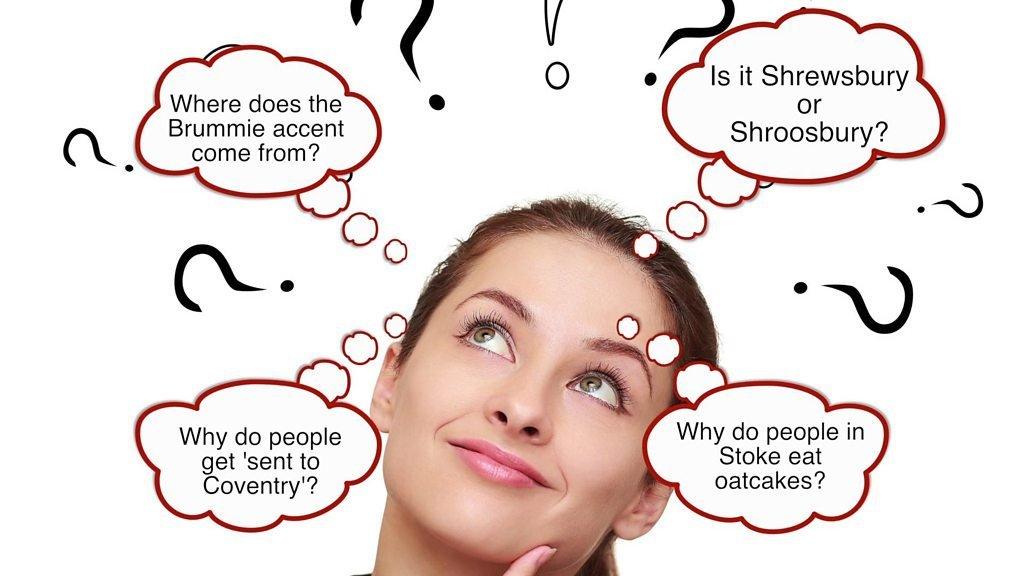West Midlands: Three things you wanted to know
- Published
Ask us your questions about where you live
People have been using Your Questions to ask us what they want to know about the West Midlands.
You wanted to know how a Staffordshire playing field got its unusual nickname.
You also asked about Coventry's role in the English Civil War and the fate of the Hereford Bull, a Ledbury restaurant.
Here is how we got on with answering your questions this week.

Why is The Wammy in Knutton, Newcastle-under-Lyme, Staffordshire, called The Wammy?
The Wammy is a neighbourhood park on the edge of the town and is managed by Newcastle-under-Lyme Borough Council, external.
The authority said it did not know how it got the name. It is also a mystery to local historian Mervyn Edwards.
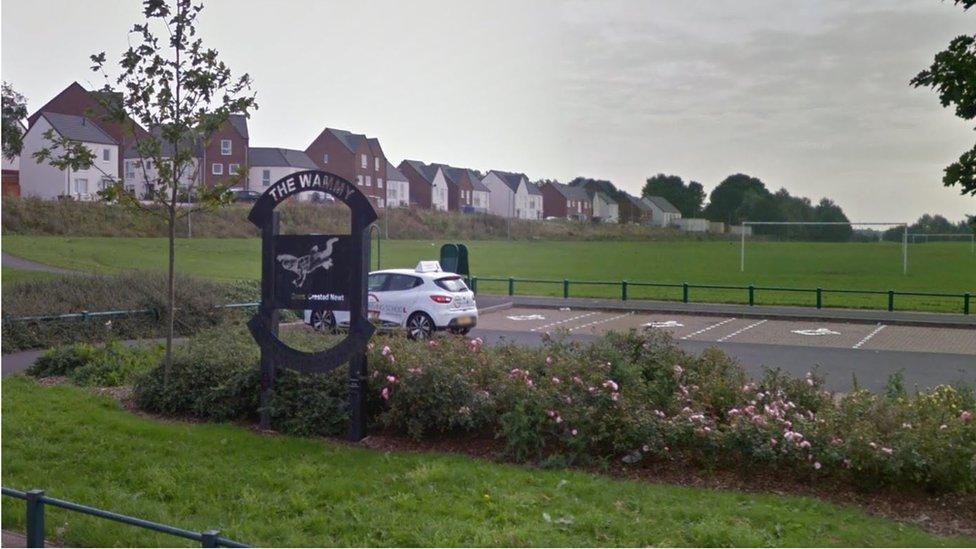
There are several theories as to how The Wammy got its nickname
He told us there were several theories, including the suggestion it was named after a stream or brook.
Mervyn thinks it may come from the old English word "wamble" which, according to the Oxford English Dictionary, means "to roll about in walking, to go with an unsteady gait".
If you think you know the truth, get in touch using the form below.

What was Coventry's role in the English Civil War?
During the English Civil War, according to the city's Family History Society, external, several hundred royalist prisoners, taken at Cannock Chase, were confined in the crypt of the Bablake church -now St John the Baptist - in 1647.
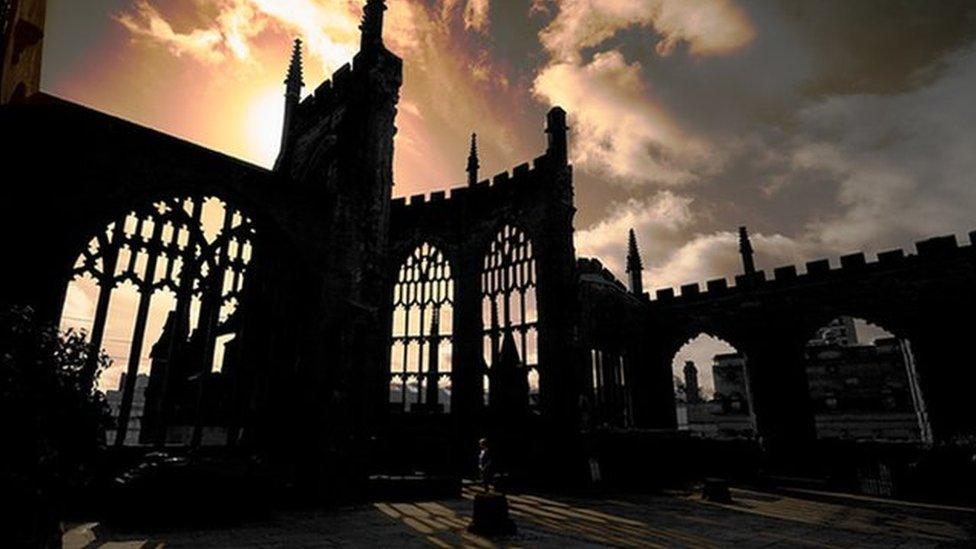
Prisoners of war were 'sent to Coventry'
There's a theory that the saying 'Sent to Coventry' originates from the time when Parliamentarian supporters would take Royalist prisoners of war to the city, where they would be shunned by its inhabitants.
When Charles II became king, one of the first things he did was to have the city's walls knocked down in retaliation for parliamentary support.

What happened to the Hereford Bull in Ledbury?
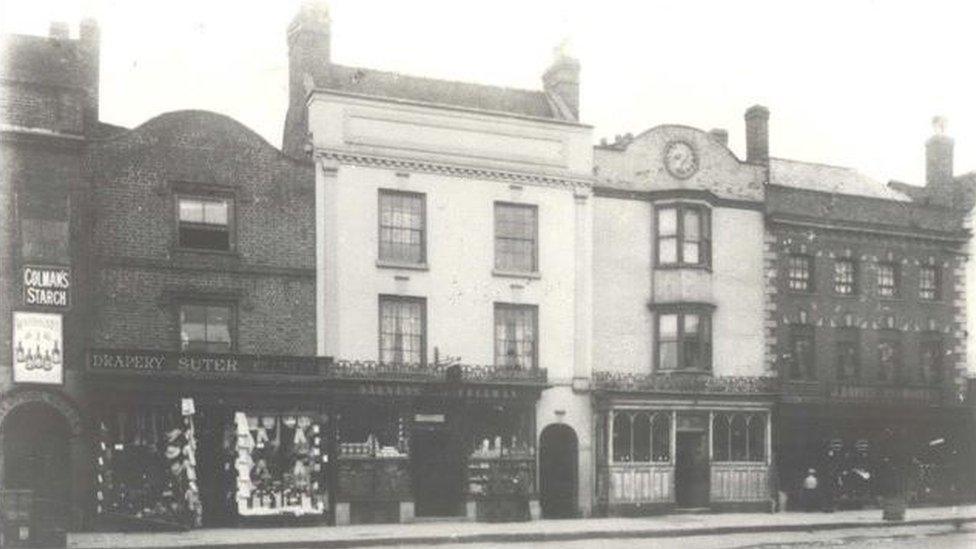
High Street Ledbury in 1909
The Hereford Bull was a steak bar at 7 High Street during the 1960s and 1970s, according to history website Old Ledbury., external
The website said it was run by Hungarian refugee Guyla 'George' Simon who "carved a reputation as one of Herefordshire's best steak chefs".
Today it is a pub and restaurant called The Retreat.
But records , externalthat go back to 1876 show the site has also been occupied by a tailor, a fishmonger, a wine and spirit merchant plus many pubs.
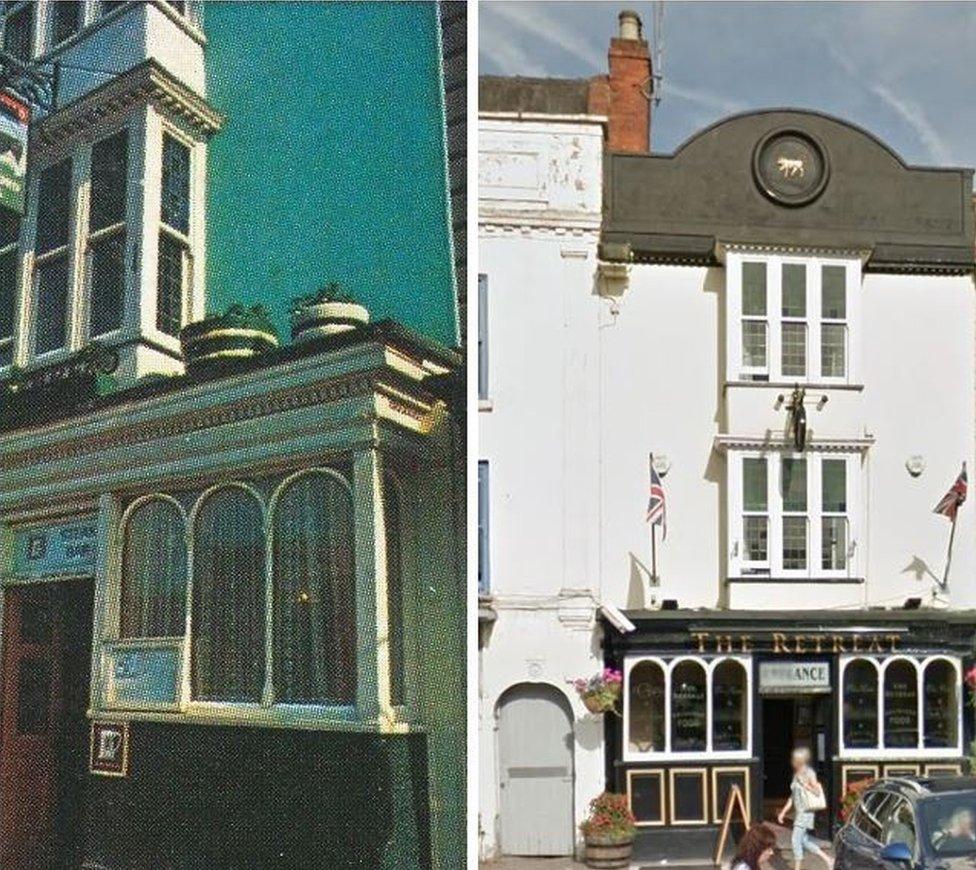
No 7 High Street Ledbury in the 1970s and 2016
- Published10 February 2017

- Published3 February 2017

- Published27 January 2017
